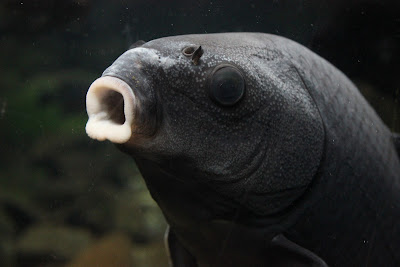For this week's personal shooting assignment, I chose to wander on over to my favorite trail after I got off of work. Panhandle Trail in Rennerdale, PA is a decently short drive from my house, so I've gone there for different occasions - bike rides, fall food/music festivals, geocaching, photographs, etc. I figured I could find plenty of trash along the sides of the trail easily, and I did, but I eventually started wandering deep into the bushes near a cave (which is off limits - they have a big scary sign that says so), finding trash that had just been piling up from whatever company that doesn't seem to want me on their property. You'd think big, important companies that have intimidating private property signs made for them would be able to afford trash bins, but perhaps the financially friendly way isn't the eco-friendly way for them. I photographed quite a bit of their mess, picked up some of it for crafting, and eventually fought my way out of the many bushy branches that persistently clung to my clothing.
Before leaving, I visited my favorite large rock that sat next to a pond and giant rock wall to look at the reflections on the still water and the coy/goldfish that were swimming around (& wishing I had grabbed the bucket I photographed earlier to attempt catching one - I've been wanting a new fish for a while now). While I was there, I noticed something dark moving around in the water, so I went near the edge for a closer look. To my surprise, a frightened creature plopped into the water & under the layers of dirty leaves at the bottom of the pond. Having a good idea of what it was, I searched and waited for it in addition to looking for the dark spot. I found a tadpole swimming around above the leaves, which reminded me of the ones I had released there many years ago after taking care of them (they were pets from my dad's classroom - once they grew legs & began attempting their escape from the tank, we decided we better set them free). Soon, the creature I had startled resurfaced, revealing itself as a decent sized frog. Perhaps that was my tadpole all grown up. Thinking about the idea of taking care of nature, one object on the trail really stuck out to me. At the beginning of the trail hung painted birdhouses, and with them a plastic milk carton with a hole cut out of it. I saw this as a sort of turning point with garbage, society, and my project. I had been collecting garbage & small natural keepsakes throughout my trips this semester to craft with, and here I saw upcycling of found trash back out in the environment to
help nature. Where my crafts are more intended to get people to want their trash and see the possibilities with the objects they think are useless, others choose to turn the objects into something more valuable to the world than trinkets. We both have a purpose, and essentially the same one, but seeing the jug made walking around in nature a truly fresh breath of air.
Barefoot
Overgrown
Transparent
Eaten away
Off the path
Rocky cushion
Tired trees
Upcycled































